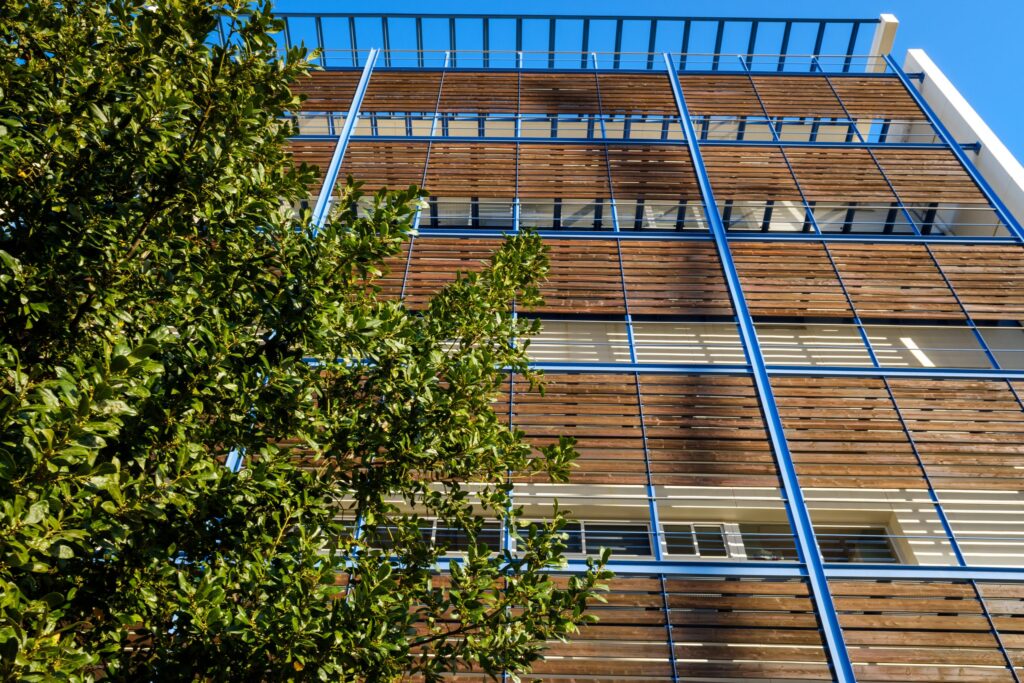PRINCIPLES AND BENEFITS OF SUSTAINABLE ARCHITECTURE
Sustainable architecture is a design philosophy that aims to create buildings that are environmentally responsible, energy-efficient, and socially and economically sustainable. This approach to architecture is becoming increasingly popular as people recognize the importance of preserving the planet for future generations. In this article, we will discuss the principles and benefits of sustainable architecture, including the use of renewable resources, energy efficiency, and reducing waste.
Principles of Sustainable Architecture
Sustainable architecture is based on several principles that aim to reduce the environmental impact of buildings. These principles include:
- Energy Efficiency: The use of energy-efficient building materials and designs that minimize the amount of energy required to heat, cool, and light a building. This can include the use of insulation, solar panels, and energy-efficient windows.
- Renewable Resources: The use of renewable resources, such as solar, wind, and geothermal energy, to power buildings. This reduces the need for non-renewable resources, such as fossil fuels, and reduces greenhouse gas emissions.
- Water Efficiency: The use of water-efficient fixtures and designs that minimize the amount of water required for daily activities, such as showering and washing dishes. This reduces the strain on local water resources and can save money on water bills.
- Waste Reduction: The use of recycled and sustainable building materials, and designs that minimize waste during construction and throughout the life of the building. This can include the use of recycled steel, reclaimed wood, and low-waste construction techniques.
Benefits of Sustainable Architecture
Sustainable architecture has numerous benefits for both the environment and the people who inhabit the buildings. Some of these benefits include:
- Environmental Impact: Sustainable architecture reduces the environmental impact of buildings by minimizing energy consumption, reducing greenhouse gas emissions, and conserving natural resources.
- Economic Savings: Sustainable buildings can save money on energy and water bills, as well as on maintenance costs over the life of the building. In addition, sustainable buildings may increase property values and attract tenants who are interested in environmentally responsible living.
- Health and Comfort: Sustainable buildings are designed to promote the health and comfort of their occupants. This can include the use of natural light, improved air quality, and reduced noise pollution.
- Social Responsibility: Sustainable architecture is a socially responsible approach to building design, as it recognizes the need to preserve the planet for future generations. This can help to promote a culture of environmental responsibility and encourage sustainable practices in other areas of life.
Conclusion
Sustainable architecture is a design philosophy that prioritizes the environment, energy efficiency, and waste reduction. By using renewable resources, conserving energy and water, and reducing waste, sustainable buildings can have numerous benefits for the environment, the economy, and the people who inhabit them. As more people recognize the importance of environmental responsibility, sustainable architecture will continue to play an important role in shaping the built environment


